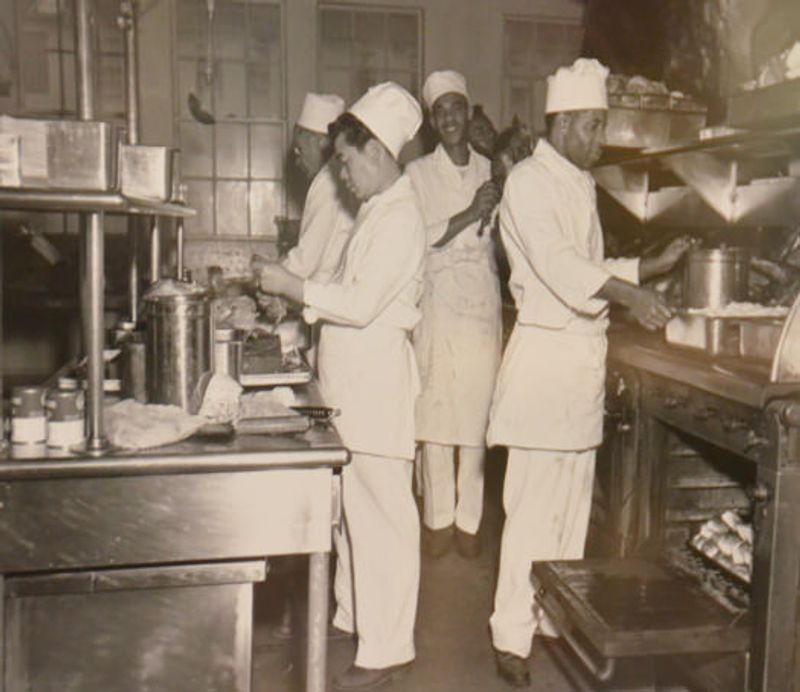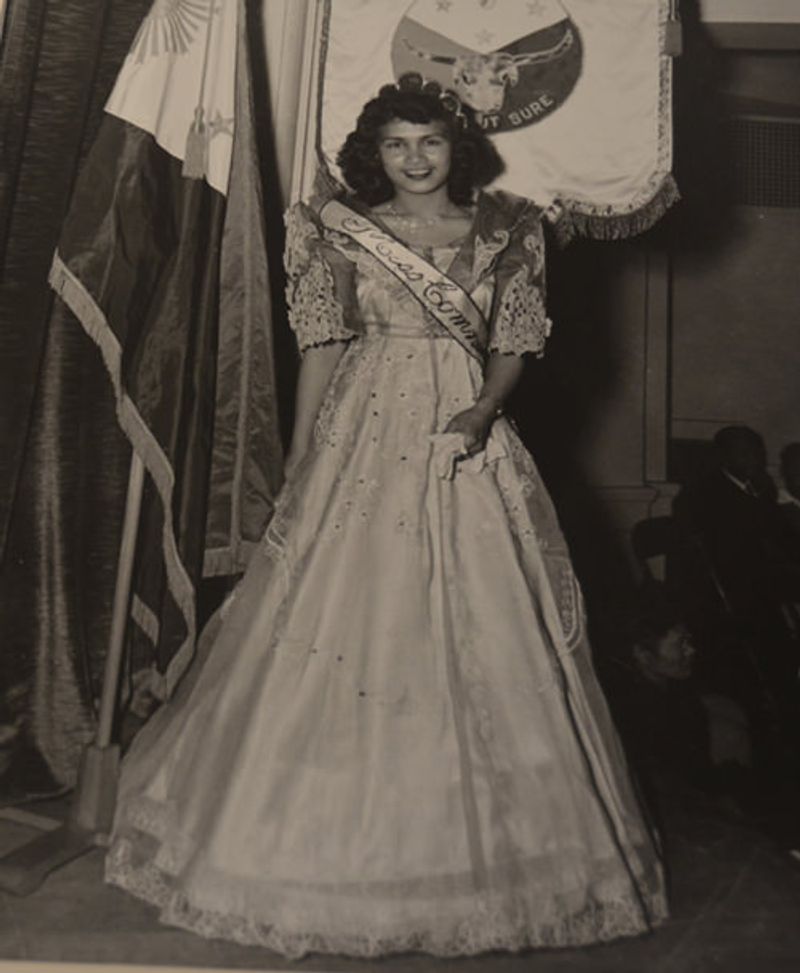Blog
American Filipinos, political polls, and “The Voice”
October means new TV shows, the best baseball, and my favorite ethnic heritage month–Filipino American History Month.
Or, as I like to call it, “American Filipino” History Month.
I flip it. On purpose. It’s my linguistic revolution to force others to see the community with new eyes and get beyond the traditional name that may only lock in the stereotype of the highly marginalized community.
Filipino Americans? They’re the “other.” The modern phrase “American Filipino” says, “We’re here–in America. We belong. We count.”
No papers required. Citizenship? That’s another matter. You here? You’re in. It’s a name that unifies the immigrant and the native born by blood alone.
Meanwhile, did you see that 15-year-old girl on “The Voice”?
Katriz Trinidad represents the new American Filipino pop culture stereotype. That would be the little girl with the booming voice. She’s like Asian American found art. Trinidad has actually been an underground phenom in the San Diego Filipino community for years.
Here she was as an eleven-year-old:
And this is Katriz on “The Voice” at 15:
With your back turned, you hear her voice and expect to find Etta James. Aretha. Some big- voiced woman.
And then you see her, a smallish Filipino person.
That’s sort of the way it is in real life for many Filipinos.
On “The Voice,” Pharrell Williams went crazy for Katriz and picked her for a chance at stardom.
Colorblind works on “The Voice.”
But in real life, in activities other than singing, a hiring manager sees the person is Filipino American and too often passes over him or her.
It’s a pattern in the Filipino American community. People ignore us, marginalize us, take us for granted.
Basically, we get no respect.
I’ve used that Rodney Dangerfield line too many times over the last 30 years.
Some people may think they can get away with that treatment because Filipino American life was built on a legacy of discrimination. And in some ways, Filipino Americans are used to it.
When they first arrived in America in the ’20s, formerly colonized Filipino nationals came over during the exclusion as a replacement for Chinese labor. That meant more men than women were brought in to California, and that made for some interesting socio-biology.
The gender ratio imbalance of 10-1 or more was like a form of birth control. No one wanted Filipinos having families in America.
And just to make sure that didn’t happen, California passed anti-intermarriage laws to ensure Filipinos and whites didn’t mix.
That made it tough and lonely to be a Filipino bachelor in America from the ’20s through the ’40s. But with World War II came more relaxed immigration rules. Filipina women were allowed to enter. Along with the Baby Boom of the mainstream came a corresponding Filipino birth explosion.
I was part of that, and in San Francisco’s Filipino community of that time, Ricardo Alvarado was the de facto photographer laureate. In years past, an exhibitof his images has been displayed at the Smithsonian. Starting this month, you can see it at the San Francisco Main Library until December.

The black-and-white prints show Filipino families and the women whose arrival propelled the community forward. You’ll see the social hall of the official Filipino Community, Inc., the gathering place for christenings, birthdays, graduations, weddings, and wakes. You’ll see the social functions, such as the beauty queen contests. There are shots of the flats they rented (Filipinos couldn’t own property). The markets where they shopped for rice and vegetables. The places they worked as cooks and houseboys.

Mundane? Maybe a tad, and certainly no one valued the images when Alvarado’s daughter, Janet, found the negatives in a box more than 20 years ago and began going through them.
She found more than mere snapshots from an old Kodak Brownie camera. Ricardo Alvarado used a view camera, as if the community was worthy of art. In fact, the photographs document the community as if it really mattered. It was the American Filipino community, at that time perhaps the largest in the nation.
But most deemed the pictures of no value. Not even Filipinos themselves. Decades later, Janet Alvarado rediscovered her father’s brown box of images, and she let them out again for all to see.
It’s all evidence. Filipinos were here.
We were just invisible.
And in some ways, we still are today.
POLLING ASIAN AMERICANS
For sheer modern-day invisibility, there’s nothing like a pre-election poll. With a month to go before the midterms, soon they’ll come in bunches–and you won’t find many Asian Americans. There’s not enough in a normal random sample to make any claim for our general group, let alone specific ethnicities.
That’s why we still must applaud the efforts of California’s Field Poll. In conjunction with the UC-Riverside Professor Karthick Ramakrishnan, the Field Poll released a survey last week that actually took the time and expense to poll our community.
Their findings: “Asian Americans are ambivalent about the direction of the country, and positive about the direction of the state. They give President Obama a net positive approval rating, and a net negative rating for Congress. They are supportive of the death penalty, but are more divided when it comes to speeding up the process to avoid long delays. Finally, they are supportive of affirmative action programs that relate to jobs and education, and this support also holds true for detailed origin groups such as Chinese Americans and Vietnamese Americans.”
It can all be said with confidence (within acceptable margins of error) because the poll oversampled for Cantonese, Mandarin, Korean, and Vietnamese voters and conducted some surveys in-language. Great. But Filipinos–the group that is essentially in a virtual tie for top Asian American ethnicity in California? Nothing.
Mark DiCamillo of the Field Poll told me it really was a matter of money. And because most Filipinos speak English, there’s an assumption they will be part of the random sample.
Still, that’s a big assumption.
No knock on the Field Poll. At least, DiCamillo represented groups that never show up, such as Vietnamese and Koreans. The Field Poll has been a leader in multilingual, diverse polls.
But in general among pollsters, Filipinos remain a polling blindspot. Conveniently ignored, invisible still.
It’s our history. It must not be our future as American Filipinos.

Emil Guillermo is an independent journalist/commentator. Updates at www.amok.com. Follow Emil on Twitter, and like his Facebook page.
The views expressed in his blog do not necessarily represent AALDEF’s views or policies.
Read Emil's full bio →